Juan Prieto
"I'm building the most powerful student rocket in the world."
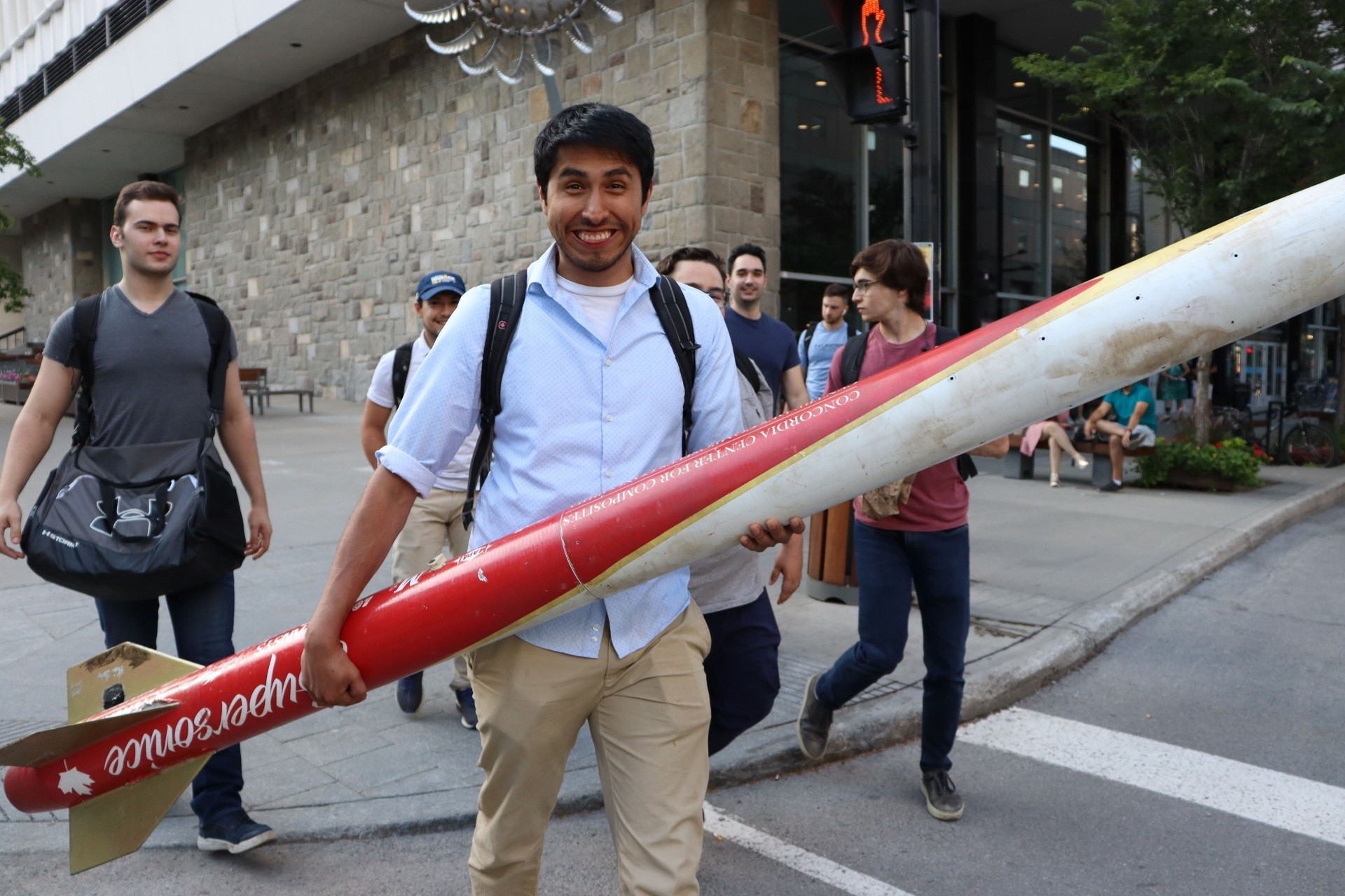
Juan is an undergraduate student in Aerospace Engineering and he received the Experiential Learning (EL) grant to work with his team on a suborbital rocket which aims to reach 100 km into outer space. The EL Grant mainly supported the development of this vehicle. The project provided unique hands-on experiences for future engineers in an inspiring and challenging way.
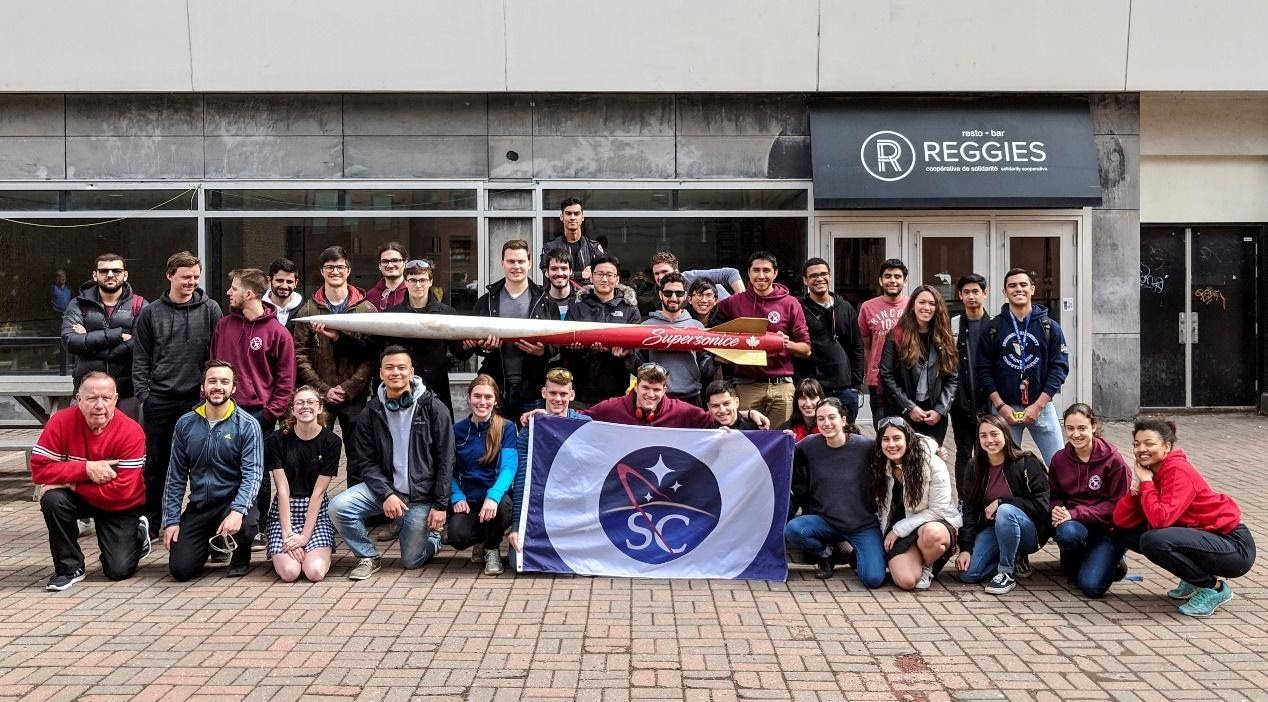 Space Concordia Rocketry Division Team.
Space Concordia Rocketry Division Team.
The Space Concordia Rocketry Division will be launching the most powerful student rocket in the world, with the goal of breaking the world record for student rocket altitude and reaching space (100km) for the first time in Concordia history. Onboard the rocket, they are designing and building a comprehensive and robust camera array - the goal being to capture the flight from as many angles as possible, including a 360 VR coverage. This perspective will allow viewers to experience space flight in the first person. The aim of Space Concordia is to inspire future scientists, engineers, artists and leaders with the footage acquired, as well as to learn about space-grade electronics, hyper-sonic aerodynamics, and science communication along the way.
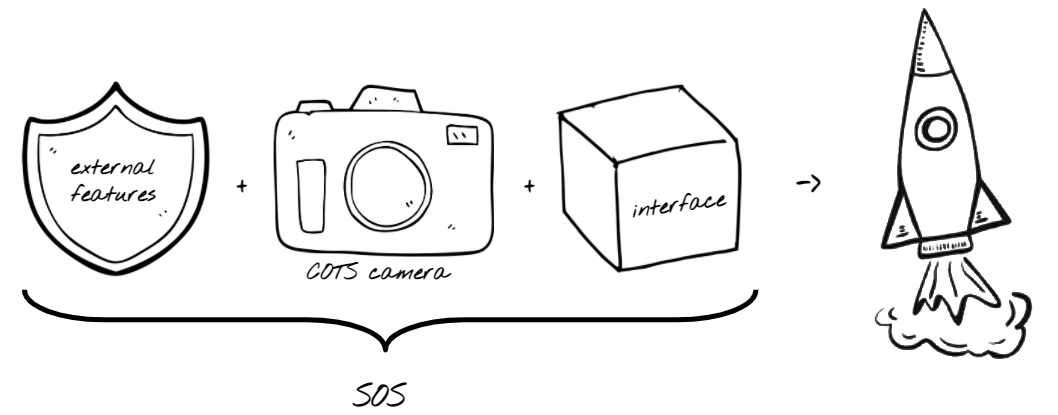 Space Observation System
Space Observation System
The team members involved are all engineering students from the mechanical, software, and aerospace disciplines. The opening message visible on the Gina Cody School's Engineering and Computer Science Strategic Plan's website are the words "Inspiring a new generation of engineers and computer scientists,” which is precisely the goal of this project.
“I worked on the structural analysis of the array of radial cameras. I was fortunate to have mentorship from the alumni Michael Khor. He currently works as a mechanical engineer at Neptec. The company produces electro-optical and electromechanical systems for space applications” recounts Juan. “He guided me through the process of creating computer simulations where we could see the response of the system to the flight loads, showing how much the camera lens would be displaced due to vibrations. The results of this analysis were shared with my team and, after some iterations, we were able to minimize the displacements with a lightweight structure.”
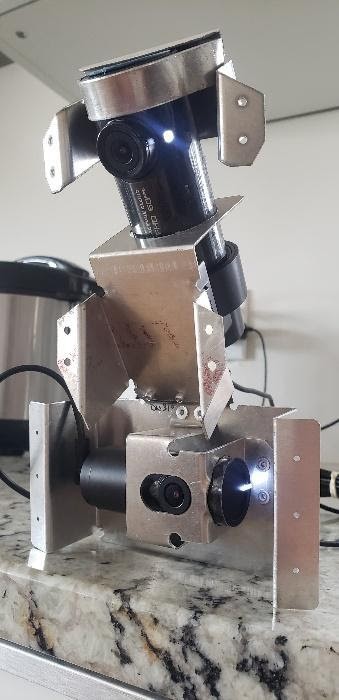 Radial Camera
Radial Camera
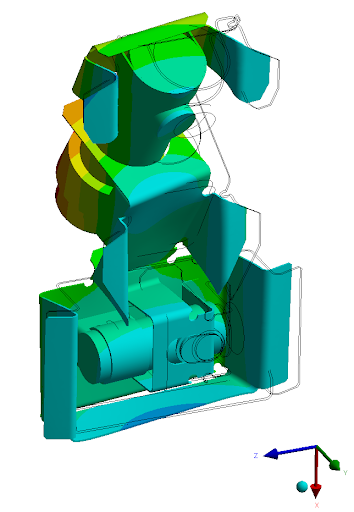 Radial Camera First Vibration Mode
Radial Camera First Vibration Mode
“I enjoyed using concepts from my mechanics of materials and vibrations classes to find solutions to improve the quality of the footage that will be taken by the cameras. It was interesting to find creative ways of stiffening the components without adding much weight.”
This project has given Juan and his team practical experience by exposing them to real world problems and modern tools that the industry uses to engineer systems. It also exposed them to challenges of evolving a project idea from a computer design into a real product.
“We are thankful for the support received from the Engineering Design and Manufacturing Lab (EDML) and the Concordia Center for Composites (CONCOM). They have provided us with facilities where we manufactured some of the components. They also gave us guidance through this process” says Juan.
Space Concordia is still recruiting undergraduate and graduate students to join the team as the rocket approaches its integration and testing phase. The propulsion, structures, electronics, and launch tower teams need members who are excited to get involved. This is a great way of putting engineering lessons into use and expand on them through experiential learning.
Learn more about Handle With Care on this Instagram page.
Part of this project was supported by the Sustainability Research in 2019-2020.
This article was written by Emily Andrews.


